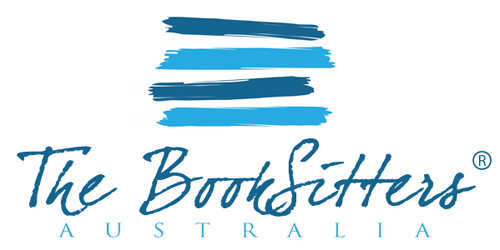Insights from your Profit and Loss account
Insights from your Profit and Loss Account
Most small business owners would agree that their Profit and Loss account (now more correctly called a Statement of Financial Performance) is among the easier – if not the easiest – financial document to understand. It’s typically presented in two parts.
The top half of the statement reveals the various sources of income the business has received for the period covered, such as a quarter, half year or full financial year. After subtracting the cost of producing your goods or services, it shows your gross profit figure.
The bottom half of the account lists all the relatively fixed running costs (business overheads) such as rent, power and communication costs you need to pay each month regardless of sales levels. When these costs are subtracted from the gross profit the result is a net profit figure (before tax).
So far, so simple, but you can learn more.
How well is the business performing?
These two results enable you to work out two key performance indicators (KPIs) that offer important insights into how your business is performing.
The first, your gross profit margin, is the gross profit expressed as a percentage of sales.
To work this out (if your accounting software doesn’t do this automatically), you divide the gross profit figure by the sales total and multiply by 100 to get the percentage.
Here’s an example:
Gross profit: $80,000
Sales: $400,000
GP %: 80,000 divided by 400,000 = 0.2 x 100 = 20%
Multiplying by 100 allows you to study the gross profit margin as a percentage, so you can easily compare this result with previous margins, irrespective of fluctuating costs or sales levels. Has the margin improved? If not, it’s time to investigate the causes. For instance, has there been an increase in the cost of materials or production labour?
You can now compare your gross margin to similar businesses, because turning the result into a percentage overcomes any differences in size. Regardless of whether they are smaller or much larger businesses, it’s the gross profit percentage (GP %) that tells the performance story.
Depending on which sector you operate in, we can help find the average GP percentage for your industry. Your aim should then be to at least equal the industry average, and preferably do even better. You can also aim to improve on your previous gross margin results.
How profitable is your business?
The net profit margin reveals how profitable your business is when your overhead costs are deducted from the gross profit. It’s worked out using a similar formula. For example:
Net profit: $50,000
Sales: 300,000
NP %: 50,000 divided by 300,000 = 0.166 x 100 = 17%
This KPI empowers you to spot trends before they become disasters. If your net profit margin has fallen, you need to dig for the causes. For example, you may find your marketing costs have blown out with no increase in sales. The lesson here would be to measure your marketing and advertising to see what is actually working, so you can drop any unproductive tactics.
Three tips
- Use your gross profit and net profit margins as benchmarks to set improvement goals. Try to improve both on internal benchmarks (your current performance against previous results) and external benchmarks (the average for your industry type).
- Don’t rely on just an annual profit and loss account. You can’t effectively drive your business forward using a rear view mirror that reflects dated data – you need more up-to-date figures. Use your accounting software to generate more frequent profit and loss accounts, such as monthly or quarterly statements. These enable you to take prompt action to fix any negative trends before they do serious damage to the business.
- Remember you can always get in touch with us to interpret trends in your results so you can take the right corrective action.
Small Business Bookkeeping Services
The knowledge and experience your bookkeeper or accountant has is there to be leveraged! If you have any questions regarding your profit and loss – or other elements of your business financials – get in touch with our team of friendly bookkeepers and we will be more than happy to talk it through with you.
Whether you’re just after some assistance reading your profit and loss, basic bookkeeping tips, or assistance selecting a bookkeeping software package such as MYOB, Xero, Quickbooks Online or Receipt Bank, we are more than happy to help.
See below for our bookkeeper locations.
Our Bookkeeping Team
Justine Day: Southern Highlands / Bowral Bookkeeper
Petra Austing: Southern Highlands / Bowral Bookkeeper
Amanda Graham: Gold Coast Bookkeeper
Karin Evans: Gold Coast Bookkeeper
Pru Hall: Wollongong Bookkeeper
Jackie Short: Canberra Bookkeeper

